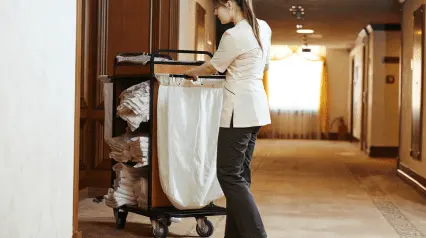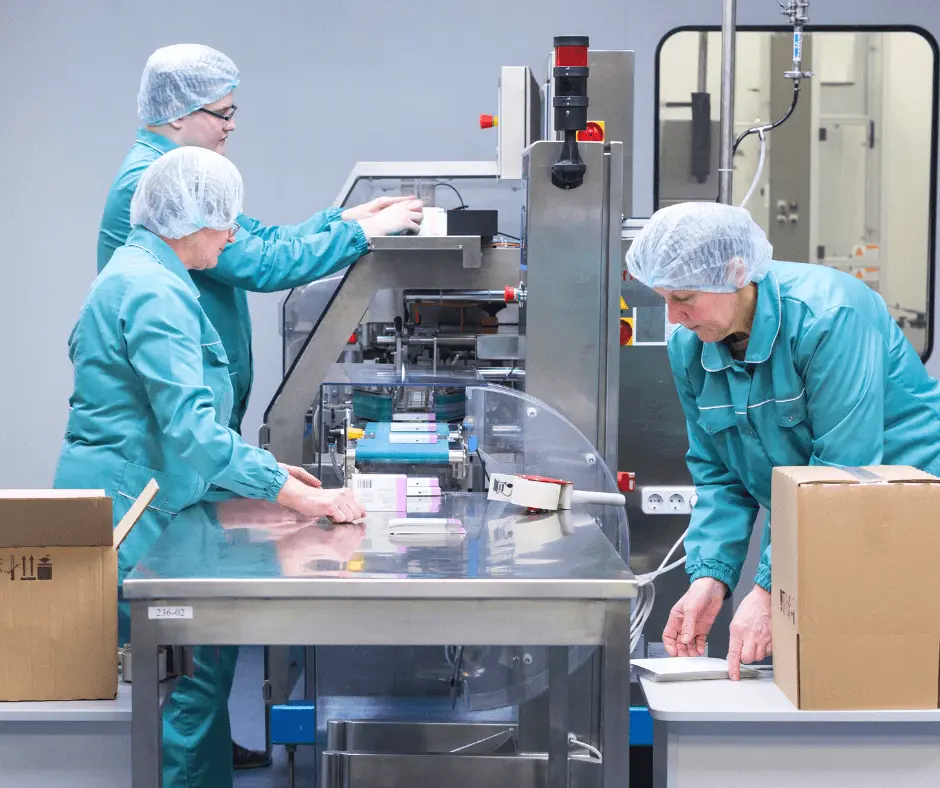What is 5s in Housekeeping?
5S in housekeeping refers to the implementation of the 5S methodology for maintaining clean, safe, and efficient workplaces. The term originates from five Japanese words, each beginning with the letter “s,” hence the name 5S. The methodology has a practical application in housekeeping by reducing waste, boosting efficiency, and establishing standards for staff members to follow, ensuring a consistent quality of work.
Importance
Consistency and efficiency are two key aspects of housekeeping. 5S Lean principles and practices allow teams to maintain more consistent and efficient housekeeping workflows. Ensuring a high standard of work is significantly simpler when housekeeping teams have established routines to adhere to when doing housekeeping duties like arranging materials and preparing instruments.
Aside from improving productivity, applying 5S principles in housekeeping may also enhance the safety of workers when on the job. Eliminating clutter and keeping workspaces organized reduces the risk of accidental trips, slips, and falls, which are major hazards in housekeeping practices.
Lastly, 5S opens doors for continuous improvement in your team’s practices. Applying these principles in housekeeping isn’t a one-time operation. This is a long-term commitment to establishing standards, following standards, and maintaining a high quality of work in everything you do. This is why it’s highly recommended that housekeeping teams integrate 5S into their workflows.
When to Use 5S in Housekeeping
As mentioned earlier, 5S isn’t a one-time event. Instead of determining situations where 5s would apply in housekeeping, it’s best to adopt the principles into your overall workflow and commit to it long-term. Continuously implementing and following 5S principles in housekeeping allows teams to reap the most benefits possible from the methodology.
The goal of 5S is to create a culture of continuous improvement in the workplace. So, when integrating these concepts, it’s important to ensure that everyone on the team is fully committed to following these principles in the long term.
How to Apply 5S Principles in Housekeeping
Again, each “s” in 5S refers to a specific step in the process, which is housekeeping in this context. Below is a breakdown of each “s” in the process:
Sort
The first step is sorting all items in a work area, such as cleaning materials, brooms, vacuum cleaners, and anything used for work. From there, employees must separate unnecessary items and only keep the ones needed for their tasks.
Set in Order
This step is the act of making every item or tool needed for housekeeping much easier to access. It involves organizing tools and cleaning materials in specific and logical locations to smoothen out workflows.
Shine
This is the step that involves cleaning and inspecting the workplace. In housekeeping, this is done to ensure that none of the tools used for work are damaged and that everything is working fine. It also instills in workers that they must make sure every area they work on is spotless and clean.
Standardize
This step involves creating standard processes for workers to follow, especially when it comes to the first three S’s. That way, all tasks are performed in a uniform manner, ensuring consistency.
Sustain
The last step in 5s is sustaining your 5s practices to ensure that the organization is always working as quickly and efficiently as possible. To do this, the staff needs to commit to maintaining the principles of 5S when performing housekeeping tasks.


